From Liveable City to Lovable City

On March 19, 2011, some 1,600 people gathered in a parking lot in downtown Durham to shout out the words, “I do”. The people of the American city had simply got enough of flirting around and decided to make a commitment to a shared and sustainable Durham, capital of North Carolina state.
They vowed to keep their streets clean and safe, protect natural resources, shop locally, support the arts and local non-profit organisations, cherish diversity, and elect responsible leaders.
So what is it that ignites this sort of passion between people and their cities?
“The mutual love affair between people and their place is one of the most powerful influences in our lives, yet we rarely think of it in terms of a relationship,” writes Peter Kageyama in his book For the Love of Cities: The love affair between people and their places.
“We all recognise that when children, pets, plants or even objects are loved, they thrive (yes, objects – just look at the car of someone who loves it). So this emotional dimension to infrastructure should not be seen as superfluous,” writes Mr Kageyama.
The importance of city design – how its physical spaces and architecture can bring people together to create memories, communities and positive affiliation – has been increasingly emphasised by pundits. (Read Suzanne Lennard’s Cities for Kids in Challenge Sep/Oct 2010).
But there are other factors beyond the built environment. A three year Gallup study of 26 American cities (Knight Soul of the Community) focusing on residents’ emotional attachment to their communities found three main qualities: social offerings (entertainment venues and places to meet), openness (how welcoming a place is, how diverse it is), and the area’s aesthetics (physical beauty and green spaces). The study also found that cities with the highest levels of attachment had the highest GDP growth.
So what of Singapore? Is it as lovable as it is liveable? There is increasing evidence that residents are falling in love and becoming more passionate about the city, particularly relating to the environment and sustainability. Through this lens, Challenge examines some factors contributing to this love – specially the actions of civil society, individuals and government agencies – and whether more can be done to make sparks fly.

Speak up, love
In her 2008 book Government, Politics and the Environment – A Singapore Study, Hong Kong University social sciences professor Maria Francesch-Huidobro argues that, with Singapore’s “highly centralised power structure and the government’s good management records, the scenario is set for rather unequal power distribution between the government and NGOs, and little room for power sharing or even participation of civil society groups in the running of public affairs.”
But the nature of this relationship has changed as the political space given for NGOs has grown. In 2004, Prime Minister Lee Hsien Loong stated in a landmark speech to the Harvard Club that he had “no doubt our society must open up further.”
As recently as September this year, hundreds of people concerned about the welfare of dolphins bought by Resorts World Singapore gathered at Hong Lim Park to make a stand for their release back into the wild.
In October, the Nature Society (Singapore) submitted a proposal, The Green Corridor: A Proposal to Keep the Railway Lands as a Continuous Green Corridor, to the government; the first time a collective of interest groups led by civil society has taken initiative so actively. Such movements would not have happened this way in the 90s.
5 Steps to Fall in Love With Your City
- Open up communication channels – Every date begins with a phone call. Open up a channel and make it known!
- Research and scout – Browse around and find out who’s interested in the same things you are! It’s easier to communicate with someone who has a shared interest!
- Make contact – Set up a date to meet and have a chat.
- Make more contact! Keep checking that you still share the same ideas and interest. If not, what’s changed?
- Commit to the process – staying in love is a work in progress. Make regular contact, sound out ideas, discuss and resolve disagreements. Return to step one to make new contacts and share the love!
Walks in the park
In the past decade, public education helped foster greater appreciation of the environment, especially among young Singaporeans. Private initiatives have sprung up to encourage learning and reflection through interaction with the natural environment.
For instance, Kampung Temasek in Johor Bahru was founded by architect Tay Kheng Soon to be an “outdoor laboratory” for Singapore schools to run their curricula.
The Ground-Up Initiative (see sidebar), based at the Bottle Tree Park, is working to nurture environmentally-conscious life practices. Volunteers, educators, or anyone with something to share can realise their personal capacity to contribute to their community through projects in the park, and they can immediately reflect on the outcome of their participation.
In these spaces, diversity is embraced so anyone can be an educator, because everyone has something to teach. Interests are not confined to living green but to living on the whole, so people find many ways to resonate with their communities. Collectives like these can nurture a sense of shared goals and an inspired community.
Get in Touch With Yourself
The Ground-Up Initiative (GUI), is a growing community of people that is taking the initiative to create the world we all want from the ground up. Through the power of community from all walks of life – local and foreign – they are realising the dream of building a centre, called Sustainable Living Kampung, to foster social and environmental consciousness through programmes and activities that emphasise living in harmony with the earth and how to get in touch with ourselves.
“Policy-makers need to have an understanding of ground situations to remain relevant and people on the ground need the agencies’ support to get around blind spots that policies, being administrative tools, overlook,” said Chia Chia, a full-time volunteer with GUI.
Learn more: www.groundupinitiative.org
Shared ownership
For decades, Singaporeans have known the Public Utilities Board (PUB) as a utility agency you pay bills to. These days, PUB is trying hard to change its image to that of an organisation that wants to interact with Singaporeans to discuss the issue of water. The “3P Partnership for Environmental Sustainability” was launched in 2001 to gather public views on the Singapore Green Plan 2012, and to promote closer coordination among government agencies and greater public consultation.
Ms Lau Ying Shan, Senior Officer at the PUB’s People, Public and Private (3P) Network Department, meets with community members at People’s Association (PA) Centres regularly after office hours, to gain a better understanding of how grassroots leaders are trying to engage their communities to become more involved with the spaces they share with water, such as at the Active, Beautiful, Clean Waters (ABC Waters) sites.
She believes that the more a project is built (literally) by a community, the better assurance of success, as the participants are passionate and have a sense of ownership.

Ms Sharon Chan, Assistant Director at the National Parks Board (NParks), shares Ms Lau’s sentiments. “People must believe in what they’re doing before we can see change. If we don’t believe in it, and it was just a top-down approach, things will still happen but the product will be different, and the ownership too.”
Nature Society President Shawn Lum observes that civil society groups are now being routinely consulted or engaged informally by government agencies. “This would have been unthinkable 20 or even 10 years ago. Statutory boards have begun to realise that it is actually beneficial to listen to interest groups.”
“NGOs complement government agencies by addressing issues outside the jurisdiction of these agencies,” adds Dr Lum. “NParks is focused on parks and reserves and the PUB on water, NGOs have the ability to lobby for areas outside of these zones.”
In 1992, the Society undertook an Environmental Impact Assessment (EIA) study against a government proposal to build a golf course at Lower Peirce Reservoir and successfully managed to stop the project till today. Prof Francesch-Huidobro observes that successful outcomes such as these are a “confirmation that governments do not hold all the answers to today’s complex governance questions,” and that the government is changing its way of taking criticism.
Work Out Your Differences
In 2005, volunteer groups The Hantu Bloggers and Blue Water Volunteers wrote a letter to the Jurong Town Corporation (JTC) and Shell Petrochemicals expressing concern that a reclamation project on Pulau Ular were threatening the coral reefs of Pulau Hantu, an island teeming with marine life.
Online awareness campaigns educated the public about the plans and its potential damage, which led JTC and Shell to work together with the groups to mitigate the environmental impact of the reclamation and remain in communication with the groups during the process.
A blog that followed the dialogue process helped bolster Shell’s image of working together with, instead of against, the community. It was the first time in Shell’s 50-year history of operations in Singapore that they had engaged with NGOs.
Learn more: www.pulauhantu.org, sustainability
- POSTED ON
Nov 8, 2011
-
Deep Dive
Strengthening Singapore’s Food Security
-
Work Better
Tips To Simplify Services For Customers




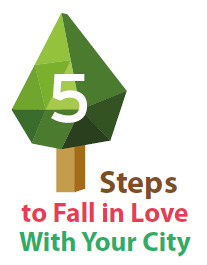
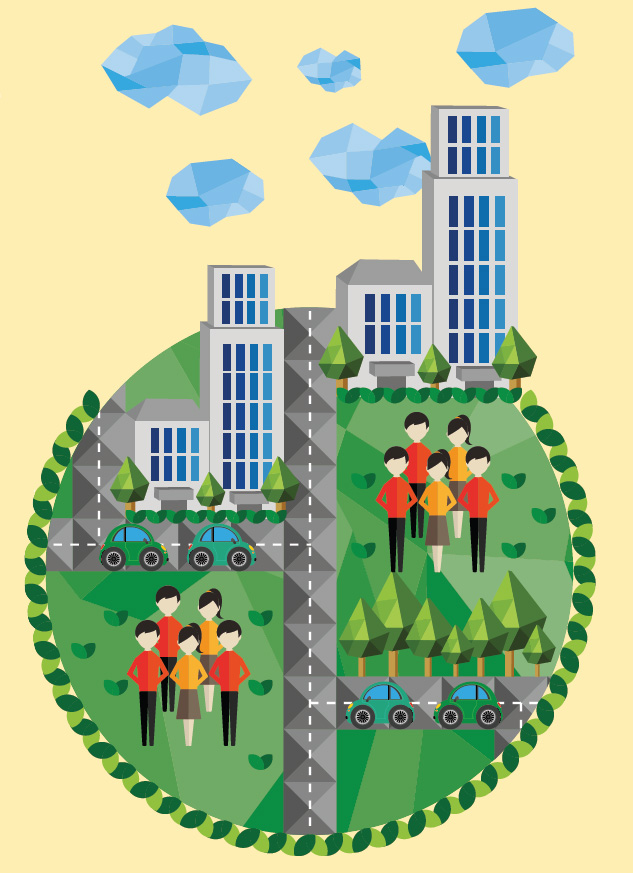
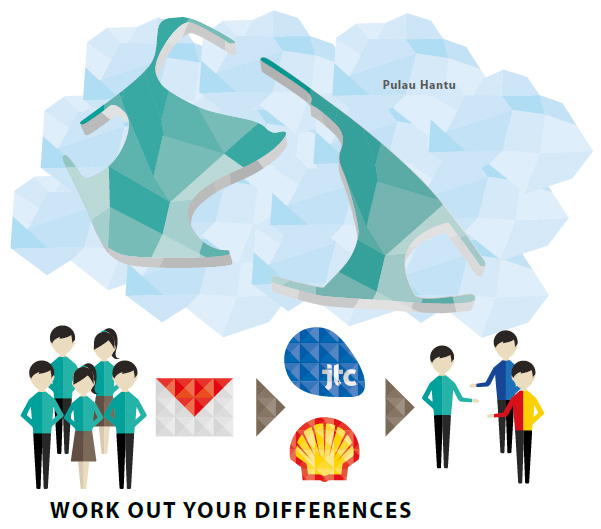
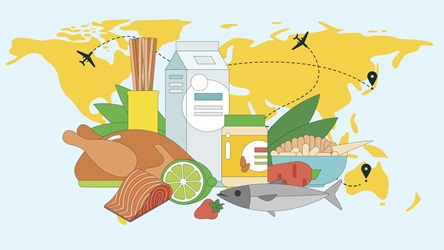


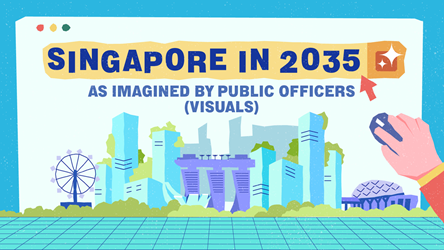
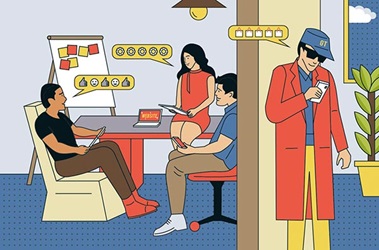
.tmb-tmb450x250.jpg)